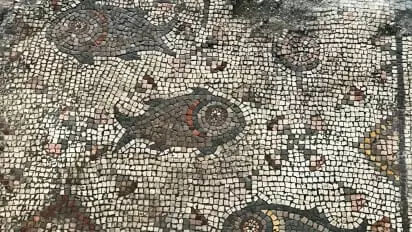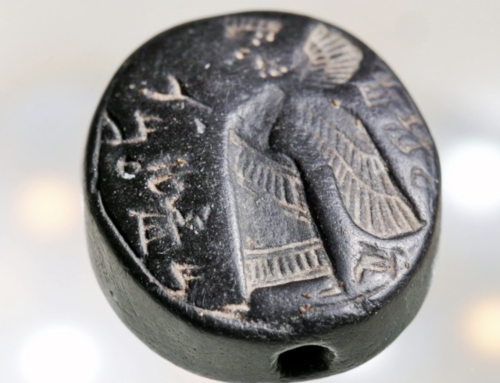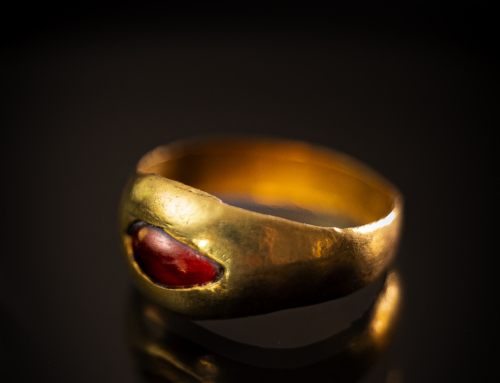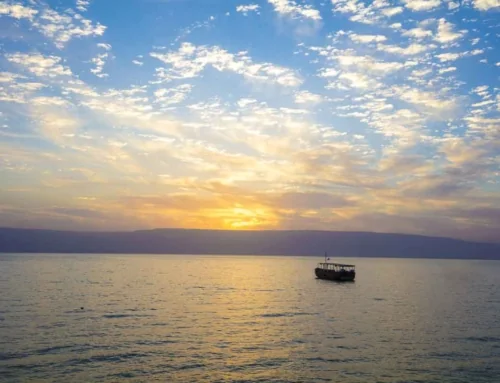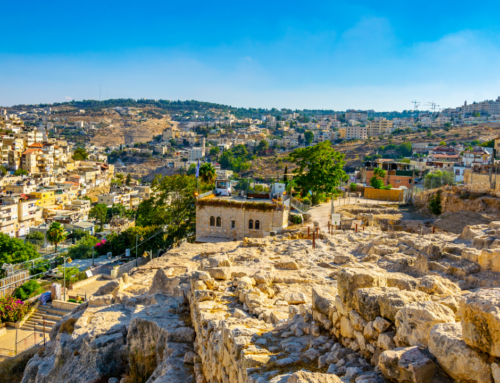Along the shore of the Sea of Galilee lies many sites of significance from Jesus’ ministry. This includes Tabgha, the location of the Church of the Primacy, where it is said that Jesus fed the five thousand and that Jesus appeared to the disciples the third time after his resurrection, feeding the disciples. A recent find in the Galilee however is challenging one of these stories. It isn’t challenging it if happened, but perhaps where it occurred.
About a mile east of the Sea of Galilee (also known as Kinneret) is an active archeological excavation site that includes a burned out church from the Byzantine era. It was built around 1500 years ago, but was destroyed by fire 200 years later, likely by conquest during the Crusader period. The remains were discovered ten years ago in the area of Hippos, an abandoned area that is now an active archeological site that dates back to 1 A.D.
The church, referred to as the “burnt church”, had been covered by layers of dirt, ash and debris but is now fully exposed, and after digging through layers of ash at the floor of the structure they discovered a mosaic that may change people’s thoughts in relation to the well-known story of Jesus feeding the five-thousand.
The ash served as a wonderful protective layer, revealing a surprising find of a well-preserved mosaic that appears to depict the miracle for the fish and loaves. In it, you see geometric patterns common to the period, as well as twelve baskets, some with bread, as well as fish, fruit and birds. This correlates to the book of Matthew 14:13-21.
This discovery has made some start to wonder if this church was built on the location of the miracle, instead of it happening at Tabgha. Due to it being built about 500 years after the event, archeologists argue that they may have known more about where events actually took place and wanted to commemorate it with the mosaic. Others say it is just a depiction of a well-known story.
The location of its occurrence is interesting but even more interesting is that this shows a detailed mosaic of a story in Jesus’ life in the area where it happened. When you think that the church was burned down and lost to history well over a millennium ago and now we find it perfectly preserved, you can’t help but get excited about what else is hidden just below the surface!

